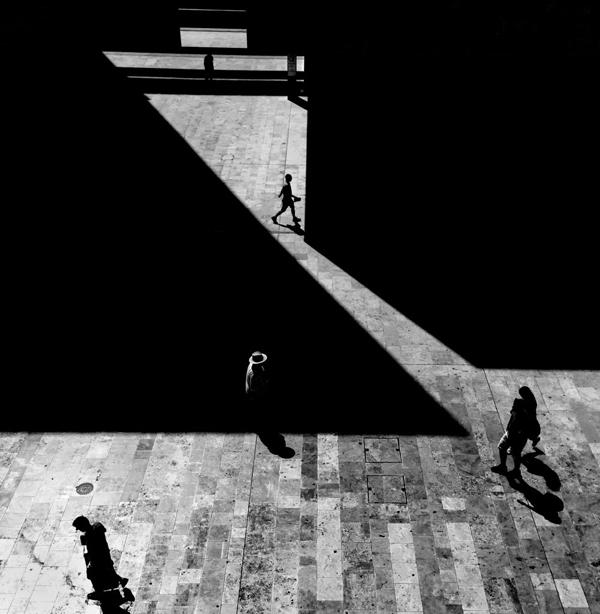Photo How To
Sort By: Post Date TitlePublish Date
|
Jan 31, 2017 |
|
Jan 31, 2017 |
|
Jan 26, 2017 |
|
Jan 26, 2017 |
|
Jan 23, 2017 |
|
Jan 20, 2017 |
|
Jan 20, 2017 |
|
Jan 17, 2017 |
|
Jan 13, 2017 |
|
Jan 10, 2017 |
|
Jan 06, 2017 |
|
Jan 05, 2017 |
|
Jan 05, 2017 |
|
Dec 29, 2016 |
















